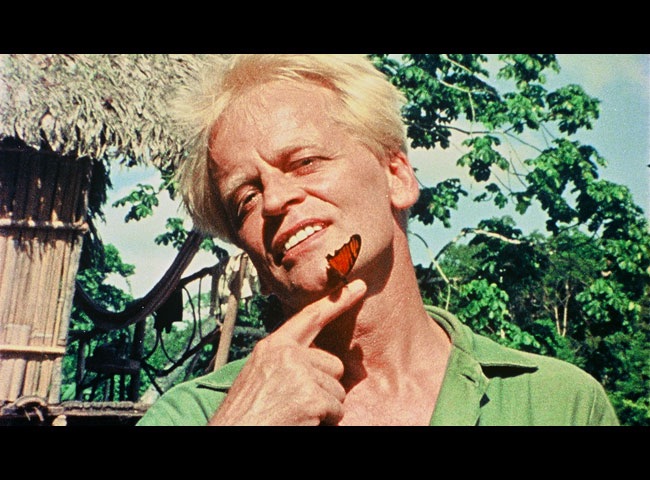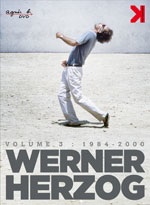Ennemis intimes
-
Réalisé par Werner Herzog • Écrit par Werner Herzog
-
France, Allemagne, Royaume-Uni, États-Unis • 1999 • 95 minutes • Super 16 mm • Couleur
- Réalisation :
Werner Herzog - Écriture :
Werner Herzog - Image :
Peter Zeitlinger - Son :
Éric Spitzer - Montage :
Joe Bini - Musique originale :
Popol Vuh
- Production (structure) :
Werner Herzog Filmproduktion - Coproduction :
Café Productions, Zéphir film production - Diffuseur :
YLE, BBC - British Broadcasting Corporation, WDR - Westdeutscher Rundfunk, ZDF/ARTE - Ayant droit :
Werner Herzog Filmproduktion
- N° ISAN :
ISAN 0000-0000-EC1F-0000-Q-0000-0000-X
Résumé
Klaus Kinski est terrassé par une crise cardiaque le 23 novembre 1991, à l’âge de soixante-cinq ans. Werner Herzog ne se rend pas immédiatement compte que son ami a disparu, ce n’est qu’une annonce, des mots qu’il ne parvient pas à incarner. C’est seulement lorsqu’il répand ses cendres dans le Pacifique qu’il comprend que Kinski n’est plus. Malgré tout, il le sent toujours à ses côtés ; et en 1998, il sent si fortement sa présence qu’il sait que c’est le moment d’évoquer leur aventure commune, leur amitié, leur collaboration, leur haine.
By a strange coincidence, at the age of 13, the schoolboy Werner Herzog found himself in Munich for a few months in the same apartment as Klaus Kinski. During the first forty-eight hours, Kinski, in a fit of rage, spent all his time wrecking all the furniture.
"It is a captivating experience of spiritism that the German film-maker Werner Herzog gives us in "My favourite enemy" (translation of the original title) : restoring to life the late Klaus Kinski, "his" actor, his double, his cursed half, the frightening, megalomaniac star of his five most famous full-length films, from "Aguirre, la colère de dieu" (1972) to "Cobra Verde" (1978). It is possible not to know Herzog and Kinski very well, to have only a vague memory of their common films, one still will be enthralled by the evocation of their long hateful friendship, under the sign of dementia and devoted entirely to the cinema.
[...] Beyond the classicism of its form, this documentary offers the striking picture of a man destined to memory, who converted his art (the cinema) into a means of dialoguing with a dead person ; who confesses to dreaming still about his insufferable comrade.
So, despite the extreme singularity of the two protagonists, as well as their common activity, something universal is said about friendships over time, when they are deep-seated. And about the gap that they leave when they stop for good." Louis Guichard, Télérama n° 2601, 17 November 1999





